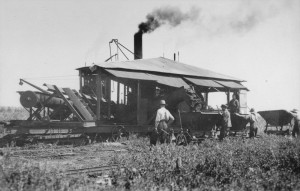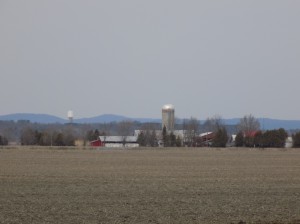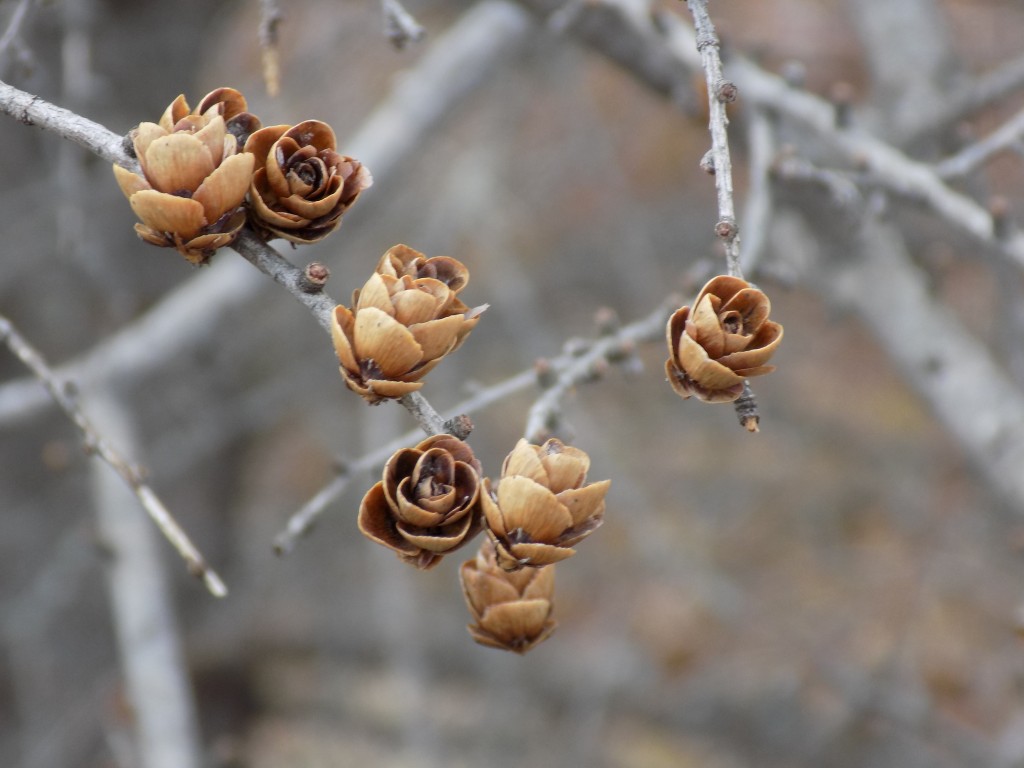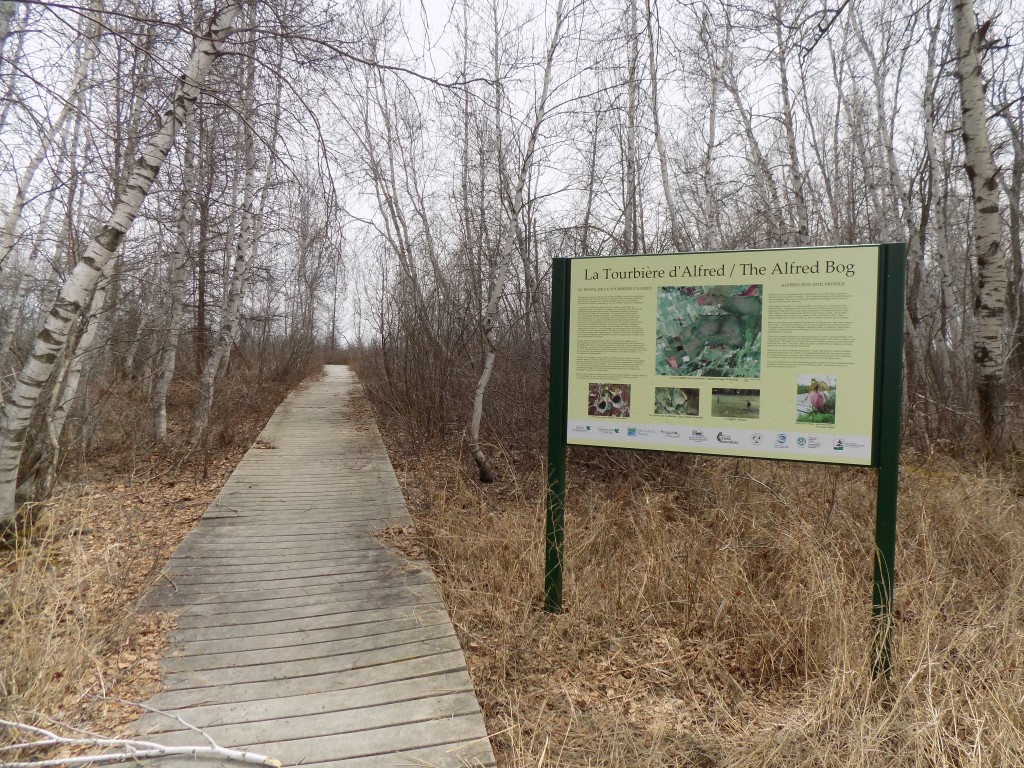Eastern Ontario bog to become new provincial park
Not your average bog
An eastern Ontario wetland is on its way to becoming a provincial park. The 10,000 acre/40.5 square kilometer Alfred Bog forms part of a flat, low-lying area near the village of Alfred, about 46 miles/75 kilometers east of Ottawa. The Ontario Parks division of the Ontario Ministry of Natural Resources and Forestry (OMNRF), has begun the process of regulating the bog as a full provincial park.

Workers and conveyor machines load peat for heating onto narrow gauge railroad cars in the Alfred Bog in 1928. Photo: Department of Mines and Technical Surveys, Canada/Library and Archives Canada. PA-017420.
Industry and development
The Alfred Bog is the largest of the three “domed”—or raised peat bogs remaining in the southern half of Ontario. Another one is the smaller, but better known Mer Bleue bog on the eastern edge of Ottawa. Domed bogs form from retreating glacial water when layers of peat accumulate and gradually rise. They accumulate water only through whatever precipitation they can absorb. Black Spruce, Tamarack, White Birch, Red Maple, Atlantic Sedge, and rare White Fringe Orchids grow throughout the Alfred Bog, clinging to life atop soggy sphagnum moss. Wildlife in the bog includes Ontario’s most southerly moose population. In the early 19th Century, the Alfred Bog was more than double its current size, but then settlers arrived and started draining it to use the high-quality soil for farming. In the early 20th Century, the Canadian government began encouraging the commercial extraction of sphagnum peat moss because it could be burned for home heating as an alternative to coal. That led to even more of the Alfred Bog being drained and its precious peat being dug up and shipped away to be burned in stoves and furnaces. During the 1920s, large peat extraction and cutting machines combed the bog. A narrow-gauge railroad was built to carry the peat to the main line.

Farmland, on former bog land, goes right to the edge of the area that will become the new park. The tower at the left is the village of Alfred water tank. The Laurentian Mountains in Quebec are visible in the distance. Photo: James Morgan
Conservation
By the 1980s, concerns grew that whatever was left of the Alfred Bog would disappear when the peat industry was getting ready to expand. Organizations like the Nature Conservancy of Canada lobbied to have the property protected. In 1984, the Ontario government designated it an Area of Natural and Scientific Interest (ANSI), and a Class 1 Wetland—the highest level of protection available.
Various organizations and individuals own land in the Alfred Bog. One of them is the South Nation Conservation Authority, the regional agency responsible for soil and water protection. The authority owns 200 acres/1 square kilometer, including the Bog Walk. It’s a short, 298 yard/273 meter boardwalk across a corner of the bog. There are no signs for it on local roads, but directions are available from the South Nation Conservation website.
South Nation Stewardship Team Lead Michelle Cavanagh said the orchids in the Alfred Bog should be in bloom by mid-May and that in the bog’s center-the peat layer is seven feet/2 meters thick. On the warm day I took the bog walk, the smell of nearby dairy and poultry farms disappeared after I walked away from my parked car on a country road and were replaced with the sweet smell of sedge and spruce as I followed the boardwalk. The unusual tamarack—the coniferous tree that sheds its needles in autumn and grows new ones in spring, were barely beginning to show buds.

Tamarack cones in the Alfred Bog. Soon, soft green needles will begin to grow from these branches. Photo: James Morgan
Making a park
Cavanagh said that the Alfred Bog will be what is known in Ontario as a “non-operating” park. The OMNRF already administers the bog, and once it is a regulated provincial park, there will probably be few changes at first to how it can be accessed by the public.
Ontario Parks is developing a management plan for the new park. Susan Grigg, the Senior Park Planner for the Southeast Zone, said the park will be designated under the Natural Environment park classification. It allows for certain recreational uses, but Grigg said those will be determined as the management plan is developed. The process for developing that plan will include extensive public consultations and information sessions. Nearby landowners, businesses, local governments, recreation organizations, conservation groups, and Indigenous people are often involved in the park consultation process. Grigg said the existing bog walk boardwalk will remain open. The park itself will be under the direction of the Superintendent of Voyageur Provincial Park, which is located nearby on the Ottawa River and offers a full range of outdoor recreation activities.
If everything goes according to plan, the effort to make the Alfred Bog a provincial park will not get bogged down in controversy, because for peat’s sake, it’s worth protecting.
Tags: Alfred Bog, canada, Ontario, provincial parks








